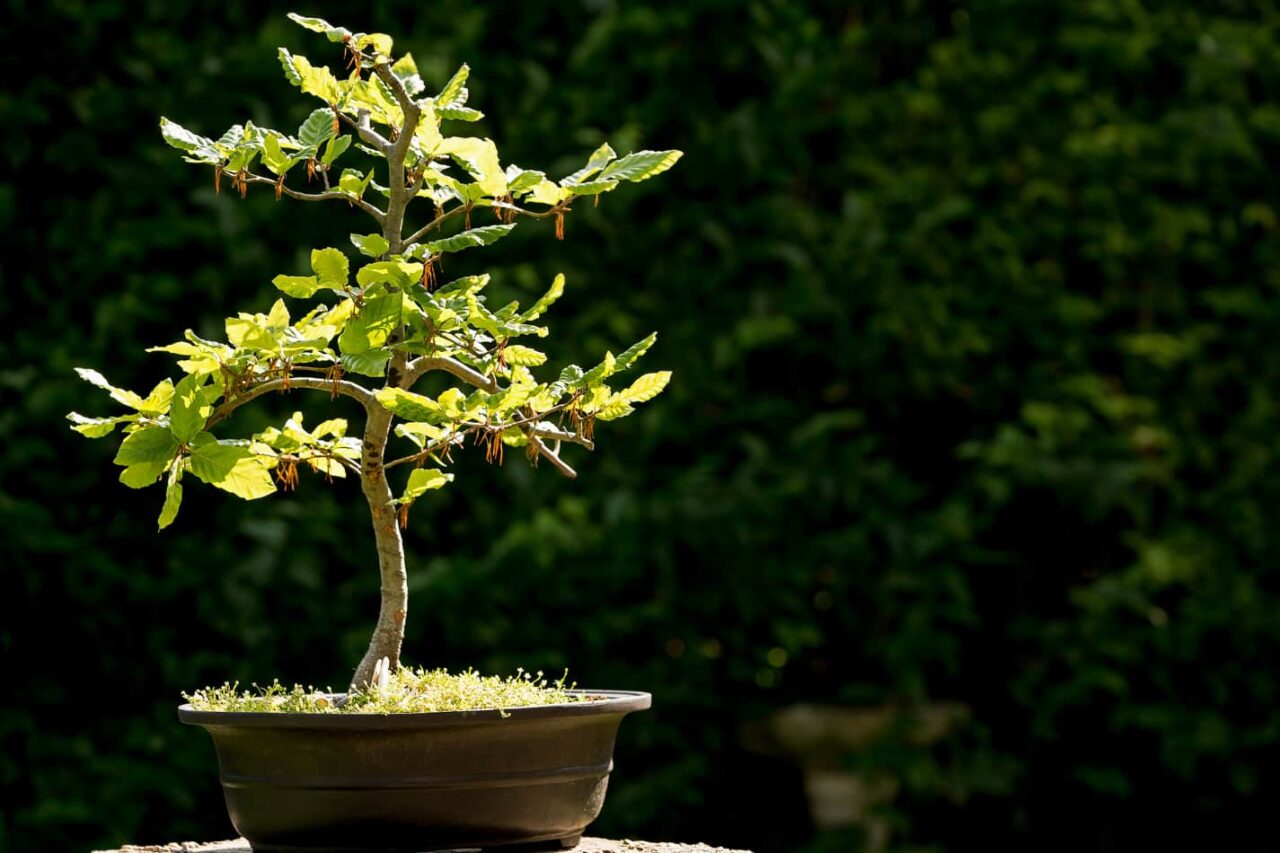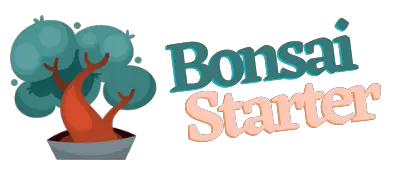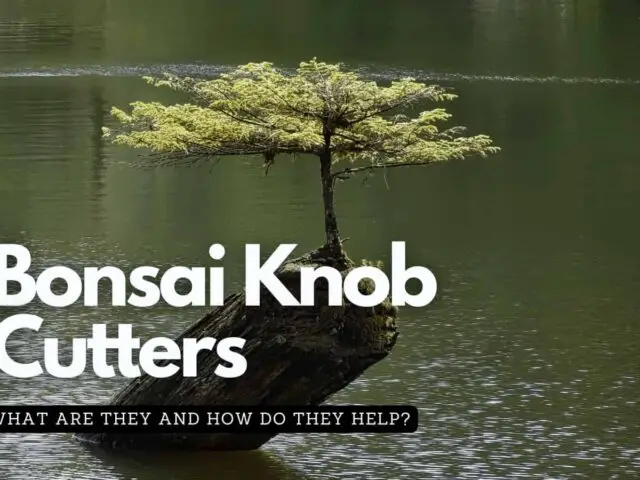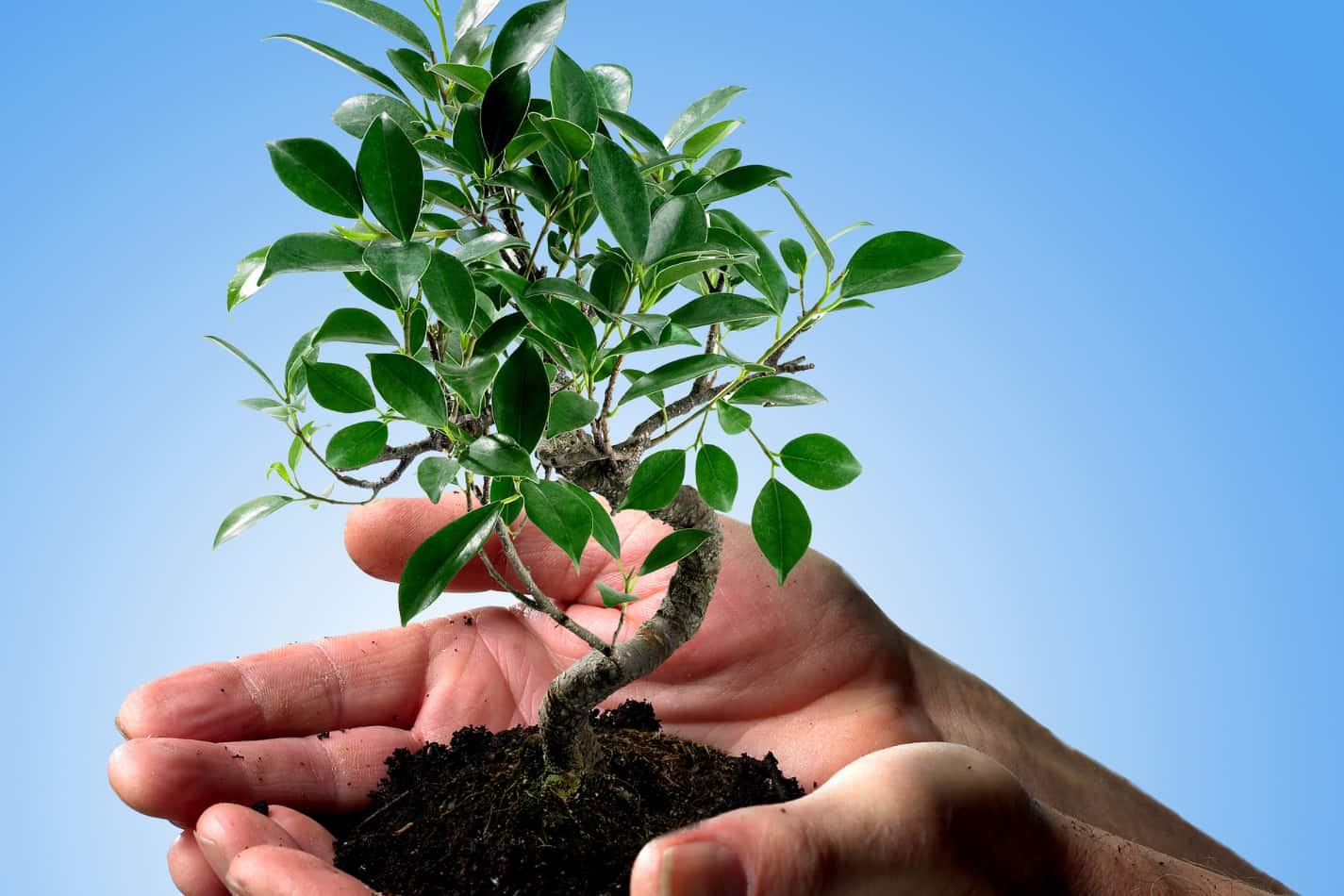Did you know that over 90% of bonsai enthusiasts agree that sunlight is a pivotal element for the health and beauty of their miniature trees?
If you’re nurturing a bonsai, you’re likely aware they’re more than just ornamental; they’re a blend of art and horticulture. The right amount of sunlight not only influences their vitality but also their aesthetic appeal, with each species having its unique requirements.
However, the line between sufficient and excessive exposure can be finer than you might think. Uncover how to strike the perfect balance, ensuring your bonsai flourishes, without crossing into the realm of damage.

Key Takeaways
- Bonsai trees require 5-6 hours of direct sunlight daily for optimal growth and health.
- Balancing direct and indirect sunlight prevents leaf scorching while promoting vibrant colors and balanced growth.
- Insufficient sunlight can lead to leggy branches, oversized leaves, and a lack of vitality.
- Tailoring sunlight exposure based on specific bonsai species and seasons ensures the tree thrives.
Sunlight’s Role in Bonsai Health
Sunlight plays a pivotal role in the health and growth of bonsai trees, serving as the primary energy source for photosynthesis.
These miniature trees need direct sunlight for about 5-6 hours daily to flourish. Without sufficient light, bonsai can develop issues such as leggy branches, oversized leaves, and soil mold, compromising their aesthetics and health.
To meet their sunlight requirements, positioning your bonsai near a window where light intensity can be adjusted seasonally is crucial. While some species adapt to indoor, low-light conditions, most thrive under bright, indirect sunlight.
This careful balance ensures your bonsai trees grow healthy and strong, embodying freedom in their care and cultivation within your living space.
Direct Vs. Indirect Sunlight
You’ll find that balancing direct and indirect sunlight is key to your bonsai’s health.
While direct sunlight fuels vigorous growth and is vital for many species, indirect sunlight can prevent leaf scorching, especially in more sensitive varieties.
Analyzing the specific light requirements of your bonsai species allows you to tailor care, optimizing both growth and health.
Benefits of Direct Sunlight
Understanding the distinction between direct and indirect sunlight is critical, as direct exposure plays a vital role in the photosynthesis process, enabling your bonsai tree to thrive by producing the energy necessary for growth and development.
Direct sunlight not only catalyzes photosynthesis but also ensures your trees exhibit vibrant colors and maintain healthy foliage. This light is indispensable for the synthesis of crucial nutrients, such as carbohydrates, which bolster the tree’s overall health and vitality.
Moreover, adequate sunlight exposure regulates the internal biological clock of bonsai trees, effectively influencing their growth cycles and dormancy periods.
It’s this precise interaction with light that enhances the natural beauty of bonsai trees, encouraging the formation of intricate branch structures and compact foliage, showcasing their majestic form to the fullest.
Advantages of Indirect Sunlight
While direct sunlight is essential for your bonsai’s growth, indirect sunlight offers key benefits by mitigating risks such as leaf damage and sunburn.
Indirect sunlight, providing gentler, filtered light, plays a crucial role in leaf damage prevention, ensuring your bonsai retains its vibrant color and structure. This softer light significantly reduces the risk of sunburn, a common issue that compromises the health and aesthetics of your plant.
Moreover, indirect sunlight encourages balanced growth, ensuring all parts of your bonsai develop evenly, contributing to its overall vigor and aesthetic appeal. Most bonsai species thrive under indirect sunlight, which is pivotal in maintaining their optimal health.
This approach aligns with a desire for freedom, allowing you to cultivate a resilient, thriving bonsai without the constraints of excessive sun exposure.
Balancing Sun Exposure
Recognizing the advantages of indirect sunlight sets the stage for exploring the delicate equilibrium between direct and indirect sun exposure essential for the health and growth of your bonsai.
Bonsai care requires an understanding that direct sunlight fuels overall health, while indirect sunlight mitigates temperature extremes and prevents leaf scorching. However, excessive direct light can cause leaf burn, whereas insufficient light may result in weak growth and leggy branches.
Especially for indoor trees or those in regions with intense sunlight, indirect light becomes crucial to avert leaf stress. Adjusting light exposure according to the species of tree and the growing season is vital.
Whether employing full sun or artificial light, monitoring and tailoring exposure ensures your bonsai thrives, striking a balance between the nurturing rays and protective shade.
Ideal Sun Exposure Duration
Determining the ideal sun exposure duration is crucial, as bonsai trees generally thrive with 5-6 hours of direct sunlight daily to foster healthy growth. Sunlight exposure plays a pivotal role in the overall health and development of bonsai trees.
It’s the engine driving photosynthesis, the process by which these miniature trees convert sunlight into the energy needed for growth.
As such, understanding the sunlight requirements specific to your bonsai species is essential. Not all bonsai trees have the same sunlight needs; therefore, tailoring sunlight exposure to match your tree’s specific requirements can significantly impact its vitality.
Additionally, monitoring and adapting to seasonal changes ensures your bonsai receives optimal growth conditions throughout the year, maintaining its health and aesthetic appeal.

Low-Light Bonsai Varieties
Some bonsai species, including ficus, jade, and carmona, are well-suited for environments with limited sunlight, offering an alternative for enthusiasts lacking optimal sun exposure.
These low-light bonsai species thrive despite reduced natural light, making them ideal for those seeking the freedom to cultivate bonsai indoors.
By leveraging artificial lights that emit essential UV light, you can ensure these plants not only survive but flourish indoors, circumventing the constraints of seasonal sunlight variations.
However, it’s crucial to understand that prolonged exposure to low light can lead to weak growth, making your bonsai more susceptible to diseases and pests.
This underscores the importance of selecting the right bonsai species for your specific lighting conditions to maintain plant health and vigor.
Recognizing Light Deficiency Symptoms
When assessing your bonsai’s health, you must be aware of stunted growth signs and leaf color changes as they’re indicative of light deficiency.
Stunted growth manifests through underdeveloped branches and smaller than expected leaf sizes, pointing toward insufficient photosynthesis.
Similarly, alterations in leaf pigmentation, such as yellowing or pale leaves, signal a lack of adequate sunlight essential for chlorophyll production and overall energy capture.
Stunted Growth Signs
Recognizing the signs of stunted growth in bonsai trees is crucial, as it often signals insufficient sunlight exposure, leading to various physiological issues.
Weak and leggy branches, a clear indicator of stunted growth, demonstrate the plant’s desperate reach for light. This struggle stems from a lack of sunlight, undermining the tree’s structural integrity.
Similarly, yellowing leaves and sparse foliage not only mar the aesthetic appeal but also underscore the bonsai’s plight in synthesizing sufficient food. Moreover, moldy soil, a consequence of diminished evaporation rates in low light, jeopardizes root health, escalating the tree’s disease susceptibility.
These symptoms collectively paint a vivid picture of a bonsai grappling with light deficiency, emphasizing the importance of proactive care to ensure its survival and freedom to thrive.
Leaf Color Changes
Building on the understanding of stunted growth signs, it’s crucial to also observe leaf color changes, as they offer clear indicators of light deficiency in bonsai trees.
Yellowing or a shift to pale green in leaves signals a possible light deficiency. Similarly, once vibrant dark green leaves turn lighter may highlight insufficient sunlight.
Moreover, leaf drop or the emergence of sparse foliage underscores inadequate light exposure, impacting the tree’s vitality. Stunted growth paired with weak branches further confirms the bonsai’s struggle under insufficient sunlight.
Additionally, the presence of elongated or leggy branches suggests the bonsai’s attempt to reach more light for proper growth. Recognizing these symptoms early enables adjustments, ensuring your bonsai thrives in its environment.
Optimal Bonsai Placement Tips
To optimize your bonsai’s growth and health, it’s crucial to position it near a window where it can bask in full sun throughout the day.
Ideal for growing the best bonsai trees, indoor Bonsai particularly thrives in north or east-facing locations, capturing the gentle morning or evening sun. This strategic placement meets their needs by providing the right light intensity.
However, be vigilant for signs like yellow spots or withering leaves, which indicate inadequate sunlight exposure. Furthermore, adjusting your bonsai’s placement to accommodate seasonal changes in sunlight intensity ensures its continuous growth and vitality.
Avoid relegating your bonsai to areas far from sunlight, as this can lead to stunted growth and health issues, undermining your efforts in cultivating a vibrant bonsai.
Conclusion
Ensuring your bonsai receives adequate sunlight is critical for its health. Direct sunlight, typically around 5-6 hours daily, is crucial, though this varies by species. Some bonsai thrive in low-light conditions or can adapt to artificial lighting.
Recognizing signs of light deficiency is vital for corrective measures. Strategically placing your bonsai to balance light exposure optimizes growth. This precise approach to managing sunlight fosters robust development, underscoring the importance of understanding your bonsai’s specific needs for optimal health.






